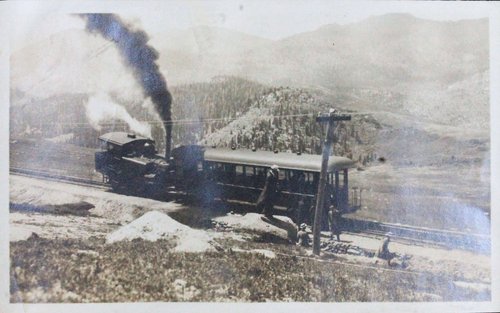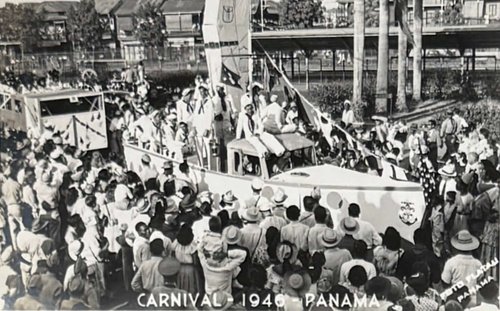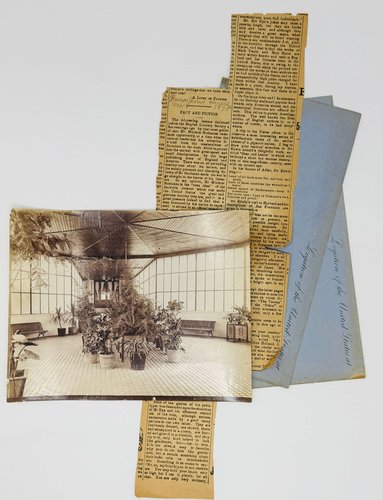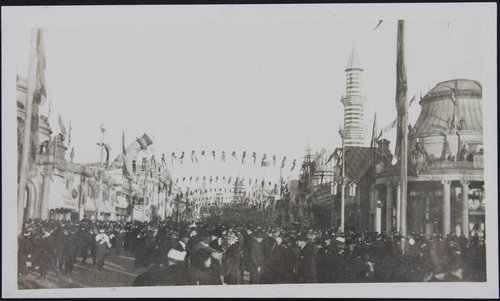





#M44
Ca. 1928
Quarto (ca. 28,5x22 cm). 25 numbered leaves of typewritten text. Occasional period ink corrections in text. Vertical centrefold, first and last leaves with mild creases and traces of old staples removed, otherwise a very good manuscript.
Original typescript of the diary of Edward de la Motte, one of the participants of the fifth ascent of Aconcagua, the highest peak in the Americas, with his manuscript corrections in text. De la Motte’s climbing partner was a famous American mountaineer and writer James Ramsey Ullman (1907-1971), thus the expedition became the first American ascent of Aconcagua. The expedition party included two other members, named in the manuscript “Bromley” and “Mrs.” (a female). De la Motte gives a detailed description of the whole expedition from arrival to Retiro (Buenos Aires) on 25 February to the final arrival to Buenos Aires (on the way back) on 12 March 1828. The manuscript describes the mountaineers’ arrival in Mendoza, preparation and supplying of the expedition, trip to the Uspallata town and Puente del Inca, the long hike up the Horcones Valley, and all proceedings in the high camps on the mountain, including an acclimatization hike to the Buena Vista ridge and the summit day. The entries note the altitudes gained, pulse levels, experienced symptoms of mountain sickness, weight of loads carried, menus and preparations of the meals, frostbites et al. There are also several mentions of previous British expeditions to Aconcagua – by E. Fitzgerald and S. Vines (1897) and by J. Cochrane and M.F. Ryan (1925).
Some entries: “February 27th. Mrs. Togs up a la “complete mountaineer” in heavy boots and breeches, but fearing the populace slips out by a back entrance and gets nearly eaten by a yard full of dogs.” (p. 3).
“March 3rd. Base, night min. 28° 18,000 max. Pulse before starting: Ram 68, me 100. This is being written in Ryan’s tent with a snow storm outside, luckily the tent in perfectly sound, and apart from a little fine driven snow, all is snug inside. There is enough food for a week and between us we have 7 blankets, and eiderdown and a Jaeger sleeping bag. <…> Ram and I are comfortable with our feet tied in rucksacks and are able to laugh at the weather” (pp. 9-10).
“March 4th. Up at 8.30, rising consisting of putting on boots and balaclava and extricating oneself from the sleeping bag – in itself a laborious process and only to be performed with much gasping. This gasping is an altitude effect which neither of us can get over – headaches are things of the past, our appetites are tremendous, but the least exertion such as tightening a rope, leaving or entering the tent, opening a tin of sausages and even eating makes us gasp for breath” (p. 12).
“March 5th. [Summit Day]. Up 5 a.m. <…> Ram wearing his Ventana boots could only get on two pairs of socks – same as myself, so that to avoid frostbite we both tried to keep out toes moving inside our boots as far as possible. <…> Both of us were fairly near the limits of our endurance but the top was in view and at 4.30 we stepped out on the summit, very glad at being finished with the hard work of climbing. Driving snow clouds prevented the view to the South and what was worse, Ram could not find Ryan’s thermometers – the only object visible being an empty beer bottle. The top is of triangular shape with the Northern apex at the highest point. Photos were taken from the West tower which should identify the summit alright, at any rate, so far as Ryan and other climbers are concerned.
Ram got busy with a self timer – which like the meta cooker failed to work, the resulting messing about with which gave Ram four frostbitten fingers (unnoticed until considerably later). An ice axe with E.M. And A.R. Carved on the shaft was left, also a card with our names on was left in a small Yerma tin with one plasmon biscuit (sustenance for the next party that reaches the top)” (pp. 14-15).
James Ramsey Ullman was a noted American writer and mountaineer, official historian of the American Mount Everest Expedition 1963, the author of “The White Tower” (1945), “Banner in the Sky” (1954), “The Age of Mountaineering” (1954), “Tiger of the Snows” (together with Tenzing Norgay, 1955), “Americans on Everest” (1964), and others. Most of Ullman’s papers are now deposited in the Princeton University Library.
“The Andean career of Edward de la Motte apparently began in 1928 with Aconcagua, highest of all Andean peaks, and ended probably in 1946 with Sajama, highest of Bolivian mountains. With the well-known American novelist James Ramsey Ullman (author of the White Tower), he accomplished on 5 March 1928 the fifth ascent of Aconcagua” (Echevarria, E. Early British Ascents in the Andes, 1831-1946 // The Alpine Journal. 1987. Vol. 92. P. 63).













